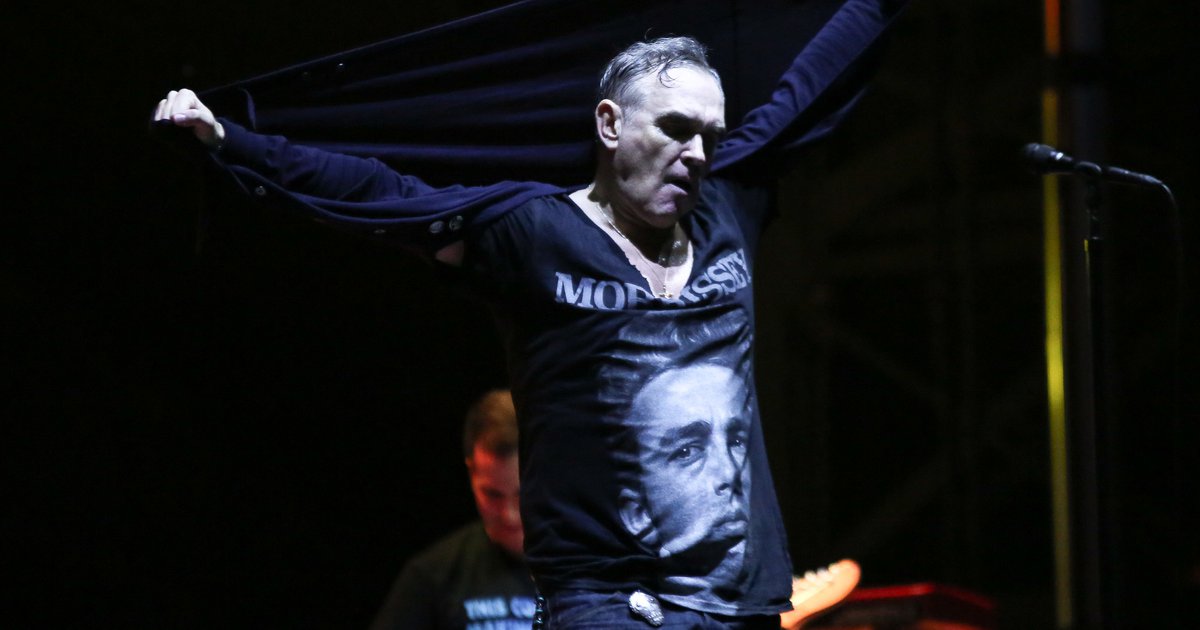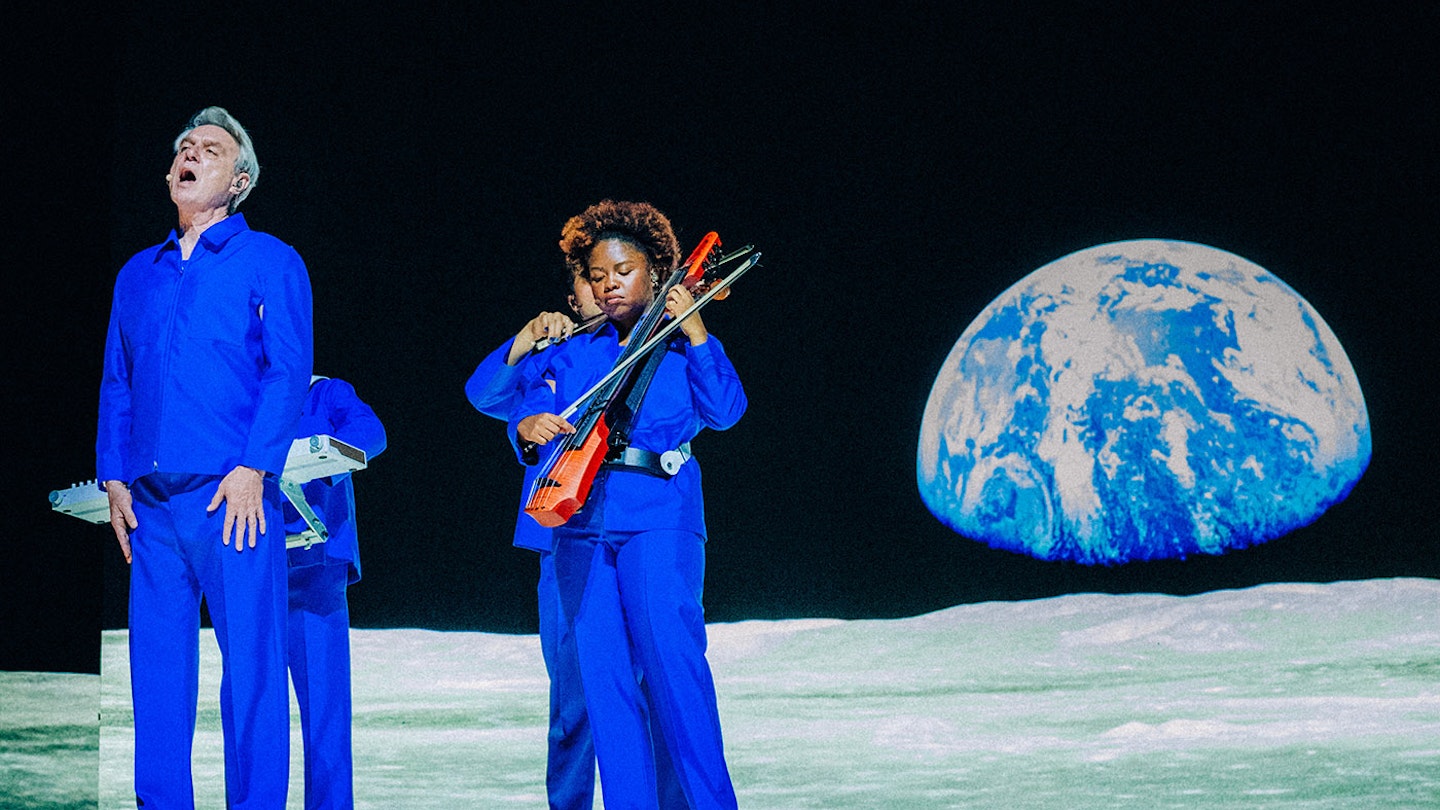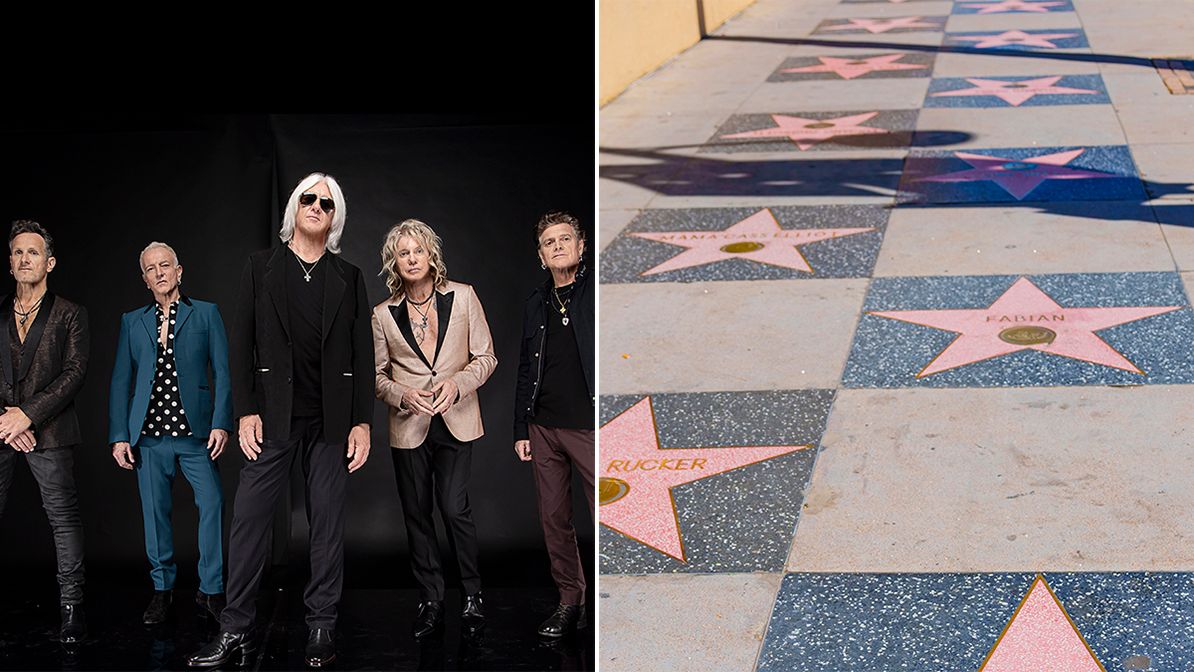Nick Cave: Elegance in Rebellion Against Morrissey
Nick Cave's recent refusal to collaborate with Morrissey highlights his dedication to artistic integrity and critiques today's cultural landscape.

In a world saturated with incessant noise and brash headlines, Nick Cave's quiet defiance shines through as a beacon of authenticity in the realm of art and music. His recent decision to gracefully refuse a collaboration with the ever-controversial Morrissey serves not only as a testament to his artistic integrity but also as a sophisticated critique of today’s cultural landscape.
The Power of Silence
Nick Cave, the enigmatic architect of The Bad Seeds, has consistently operated beyond the clamor of manufactured rebellion. His art delves deep, away from the superficiality that often pervades contemporary music scenes. When Morrissey approached Cave to partake in an 'anti-woke' piece—a tempting proposition for those enamored by controversy—Cave saw past the veneer of rebellion and chose a path less trodden.

Herein lies the true audacity: Cave's refusal to be ensnared by the transient allure of political grandstanding. Instead, he remains committed to the timeless pursuit of art that transcends the fleeting, a stance that critiques the shallow tendencies of today's culture wars without a single need for fanfare or controversy.
Transcending the Temporal
At its core, Cave’s choice is a nod to art's potential to transcend societal fractures and ephemeral discourse. His music, much like his recent decision, is a careful curation of emotional depth, steering clear of the now commonplace trend of aligning with populist rhetoric. While Morrissey revels in the provocateur role, Cave's subtle resistance speaks louder than any "anti-woke screed" ever could, challenging the status quo defined by noise rather than substance.

Redefining Rebellion
In our current culture—where spectacle often drowns out substance—Nick Cave’s decision is rebellious not for its defiance, but for its prioritization of purity over provocation. His choice is a masterclass in maintaining artistic autonomy in the face of potential compromise, a lesson in recognizing that true rebellion often lies in the steadfast dedication to authenticity and truth.

As Morrissey continues to navigate his complex dance with public opinion, Cave’s stance serves to elegantly contrast what can sometimes feel like an endless parade of manufactured controversy. For Cave, the real danger and excitement in music lie not in the headline-grabbing but in the subtle, enduring ability to unite and evoke genuine emotion.
Ultimately, Cave’s elegant refusal to lend his voice to Morrissey’s provocative venture challenges us all to seek out the genuine amidst the formulaic. His quiet stance—a shot across the bow of sensationalism—redefines what it means to be an artist in an age preoccupied with volume over value. In doing so, Nick Cave invites us to reconsider where we place our attention and what truly constitutes rebellion.



